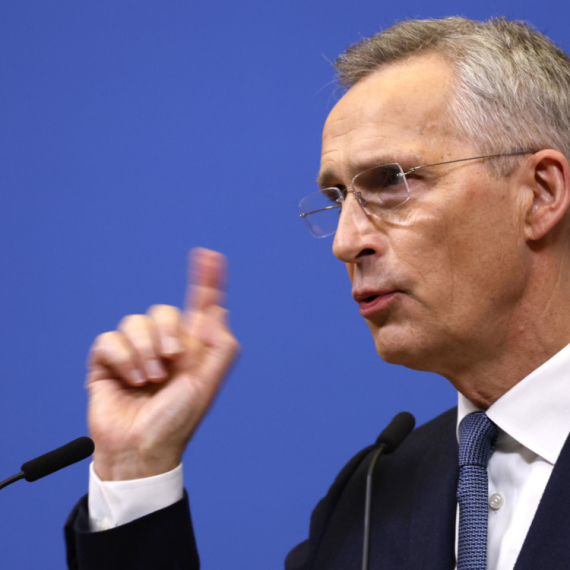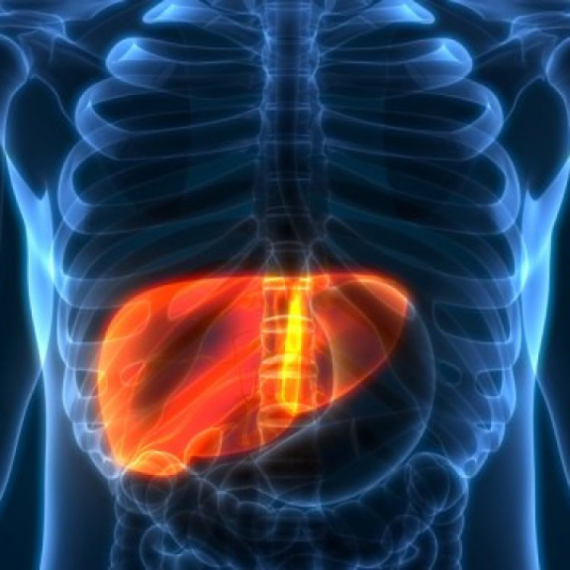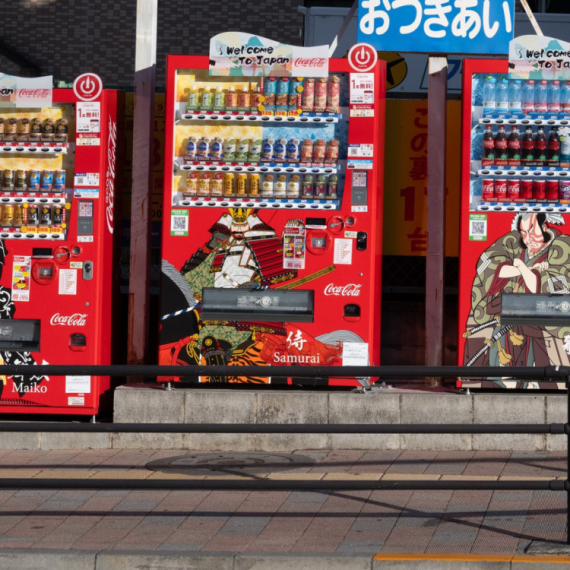Serbia to settle last installment under 2009 SBA with IMF
Serbia will fully settle liabilities arising from the Stand-By Arrangement (SBA) approved by the IMF in February 2009, that ended in April 2011.
Monday, 11.04.2016.
10:41

Serbia to settle last installment under 2009 SBA with IMF
Of the total EUR 2.94 bln approved, EUR 1.53 bln was drawn to strengthen Serbia’s FX reserves.The SBA - the largest ever concluded between Serbia and the IMF - supported the economic program that had the goal of maintaining macroeconomic and financial stability "in a particularly uncertain global environment," reducing the budget deficit and public debt, and containing inflationary pressures and excessive daily volatility of the Serbian dinar (RSD) exchange rate.
The program also envisaged structural reforms aimed at promoting economic growth and export potential, as well as preventive financial sector measures to counterbalance potential negative effects of the global crisis.
According to the bank, the macroeconomic effects of the implementation of the agreement included an increase in fiscal deficit from -4.4% to -4.8% and in public debt from 32.8% to 45.4% of GDP in the period 2009–2011.
At the same time, annual CPI inflation rose from 6.6% in 2009 to 10.3% in 2010 and 7.0% in 2011; the current account deficit went up from -6.6% in 2009 to -10.9% of GDP in 2011.
"The arrangement came at a significant cost, proportionate to the substantial amount of funds drawn," the bank said, adding:
"A total of EUR 1.59 bln was paid out of FX reserves to that effect. Plus, EUR 79.6 mln was paid for interest expense, EUR 7.6 mln for service charges and EUR 4 mln for commitment fees (EUR 91.2 mln in total)."
"Owing to the IMF’s decisions on SDR allocations in 2009, Serbia’s borrowing capacity increased by EUR 422.5 mln. Serbia’s debt and obligations on this account were regulated by a separate law, adopted on 28 October 2009. The full amount of funds was used to finance the budget in accordance with the orders issued by the Ministry of Finance on 28 December 2009," the NBS said.
"In an environment of renewed economic slowdown in Europe and worldwide, on 29 September 2011 the Republic of Serbia concluded a new 18-month SBA, aimed at preserving macroeconomic and financial stability and improving the investment climate in the country," the NBS noted.
The arrangement worth EUR 1.08 bln was concluded for precautionary purposes, i.e. the authorities did not intend to draw on the funds other than for balance of payments needs. The first review, which took place in February 2012, was not completed as the 2012 budget showed deviation from the agreed fiscal targets.
The current precautionary SBA, approved on 23 February 2015 and worth EUR 1.17 bln, is on track, the bank said.
"Public finances set on sound foundations – as reflected in a halved fiscal deficit, low inflation and stable exchange rate of the dinar, adequate capitalization of the banking sector and historically low interest rates are the results of the current economic program. In 2015, the economy grew by 0.8% despite vigorous fiscal consolidation measures. Annual inflation was 1.5%, current account deficit narrowed to 4.8% of GDP and fiscal deficit was halved to 3.7% of GDP. Public debt grew at a slower pace and is likely to be set on a downward path owing to further structural and fiscal adjustment," the NBS announced.
The bank added that In the first two years of implementation of the agreed economic program, the only cost to Serbia was payment of the commitment fee in the amount of EUR 2.25 mln.
"The NBS will continue working to its full capacity, in cooperation with the government, in order to achieve all of the objectives of the IMF-supported economic program and the best possible economic results, at minimum cost," the bank said.
























































Komentari 0